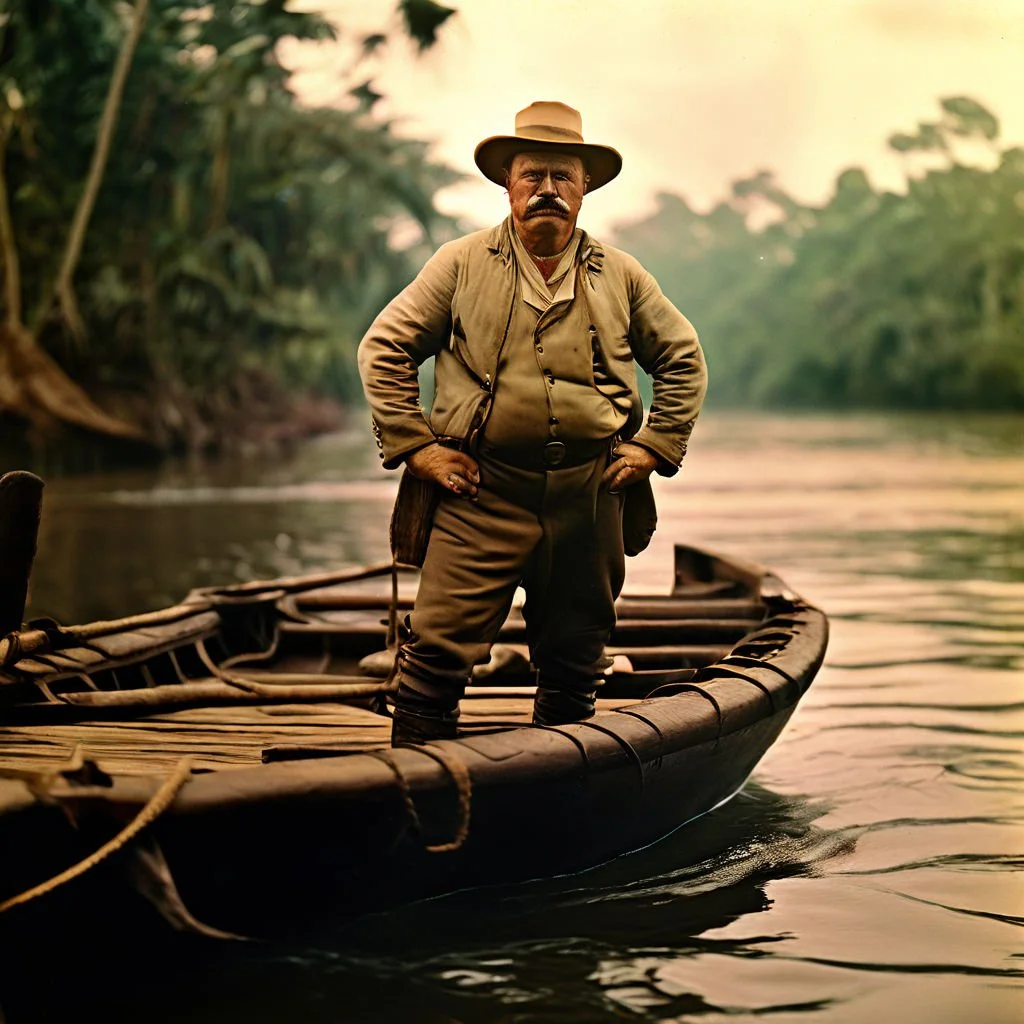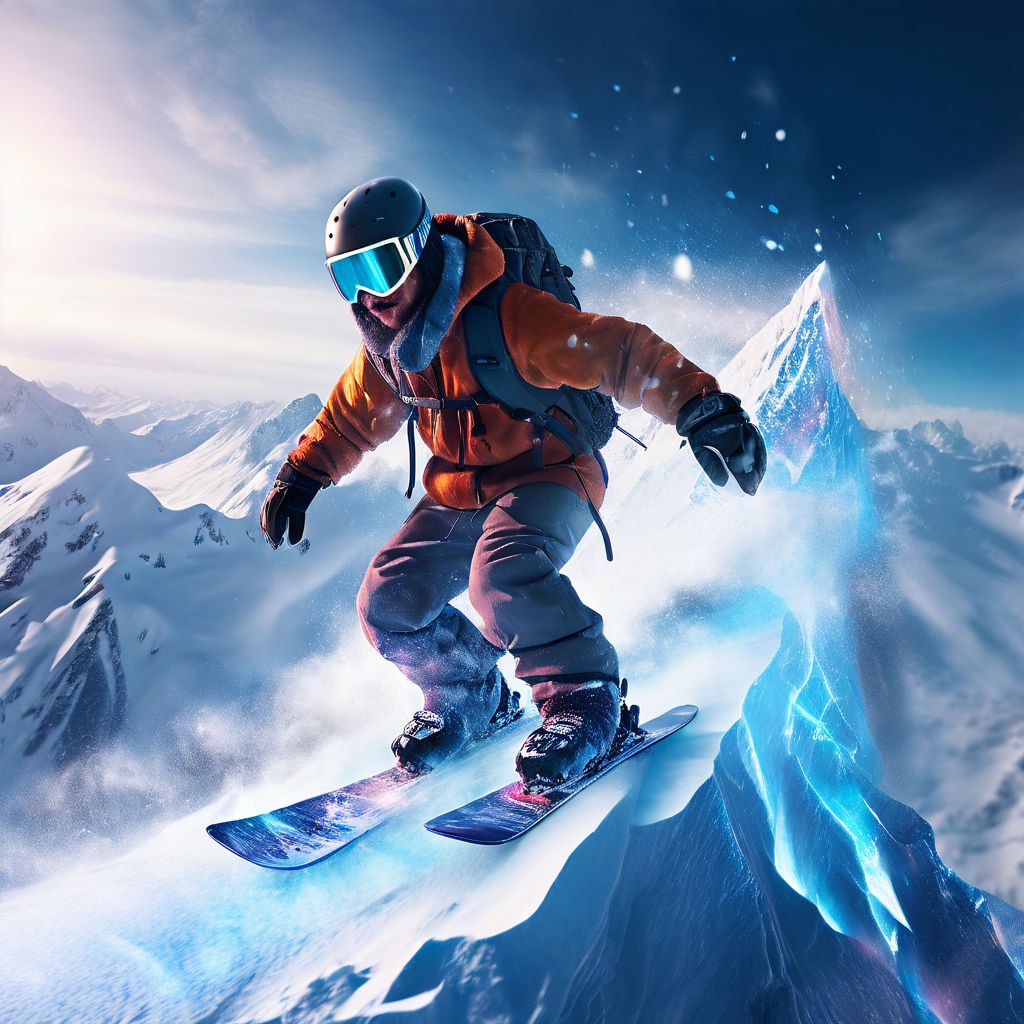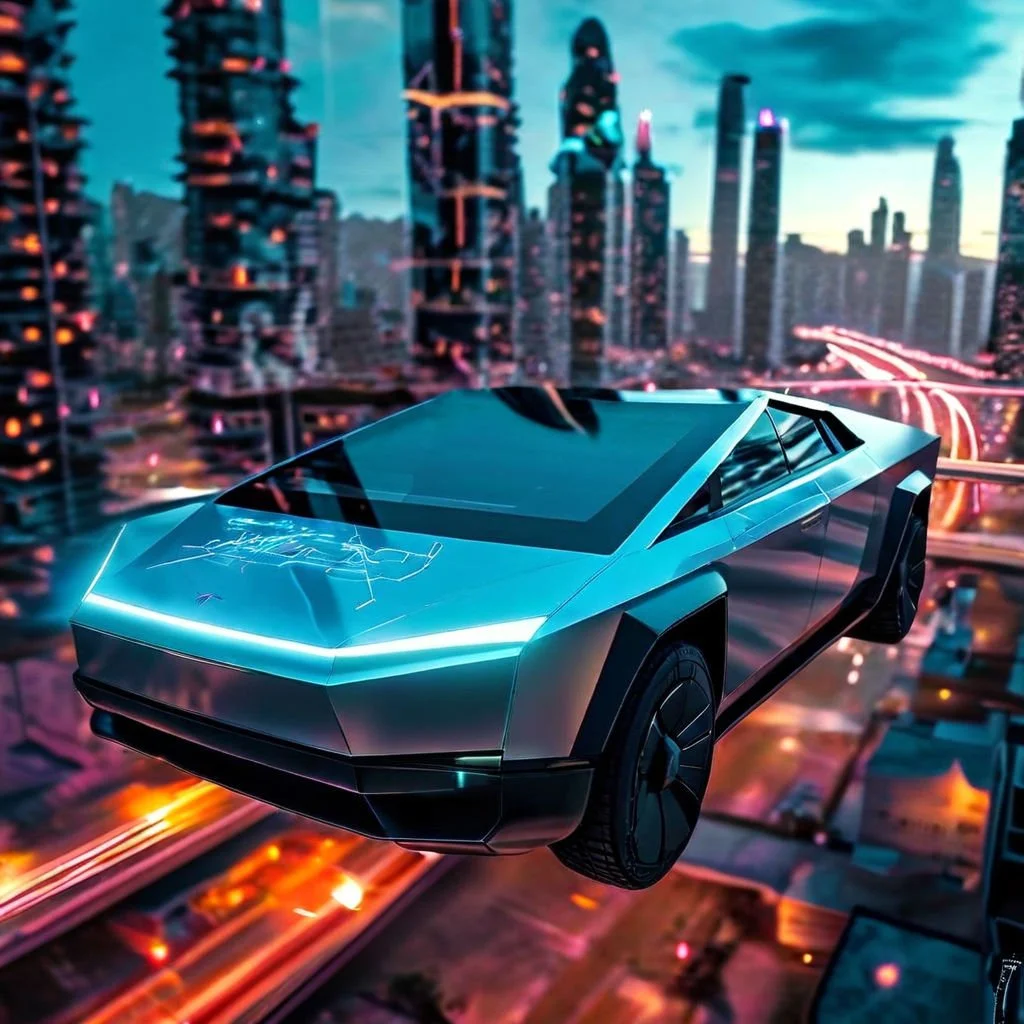Rio Roosevelt : The River of Doubt
Prologue
The year was 1913, a time when the echoes of American frontier life still resonated in the hearts of its people. Theodore "Teddy" Roosevelt, the youngest president in the history of the United States, had long since stepped down from his role. Yet, his spirit, undiminished by the passage of time, burned as brightly as ever. Known for his boundless energy and unyielding spirit, Roosevelt embodied the ideals of American manliness. A self-made "cowboy soldier," he thrived on the rugged challenges of the wilderness, shunning the comforts of urban life.
Roosevelt had carved an indelible image of the quintessential American man: robust, adventurous, and unafraid of the unknown. His Rough Riders, a band of intrepid fighters, mirrored this ethos. They were a living testament to a new ideal of masculinity—a blend of frontier riflemen, skilled horsemen, and collegiate athletes. The Rough Riders were not just soldiers; they were explorers, ever ready to venture into the uncharted territories.
In October of 1913, Roosevelt, now 54, found himself far from the familiar confines of the White House. He stood in Palácio Guanabara, the government building in Rio de Janeiro, at the invitation of Brazil's President Edson Lemos Teixeira. Teixeira, keen on boosting his nation's profile, proposed an expedition down an uncharted river in the Amazon rainforest. The mission would be led by the renowned explorer Cândido Rondon, and Roosevelt, ever the adventurer, could not resist the allure of such a challenge.
With eyes gleaming with excitement, Roosevelt accepted the offer. He envisioned the expedition as a new frontier, a wild counterpart to the American West. The Rough Riders were assembled once more, this time to brave the perils of the Amazon. Among them were Roosevelt’s son, Kermit, and the bearded naturalist George Cherrie, both veterans of past expeditions.
As they embarked on their journey, the Rough Riders paddled down what they aptly named the "River of Doubt." The dense jungle closed in around them, a stark contrast to the open plains they were accustomed to. The river was a black, sinuous vein through the most treacherous wilderness imaginable. The threat of hostile natives, armed with poison-tipped arrows, and the ever-present danger of piranhas and treacherous rapids loomed large.
The expedition soon faced trials that tested their resolve. Swarms of insects, oppressive humidity, and the relentless onslaught of rain sapped their strength. Yet, it was the hidden threats of the jungle—the venomous snakes and lurking predators—that truly embodied the spirit of Roosevelt's philosophy: to confront danger and adversity head-on.
One such encounter saw Roosevelt narrowly escape a deadly bite from a coral snake, its fangs unable to pierce his thick leather boots. "I had thick boots on, and these snakes' fangs are too short to penetrate heavy leather," Roosevelt later recounted with a mixture of relief and excitement. This was the essence of the Rough Rider spirit—undaunted by peril, invigorated by the challenge.
Their journey through the wild waters was fraught with obstacles. At one point, the river transformed into a turbulent stretch of rapids and waterfalls, forcing the expedition to hack a path through the jungle and haul their canoes overland. Exhausted and drenched in sweat, they pressed on, driven by Roosevelt's indomitable will.
"What's ahead is unknown. We have no idea where we will end up or how we will emerge from the jungle," Roosevelt told his men, embodying the very spirit of exploration. Despite their seasoned expertise, the men realized they were vulnerable outsiders in this untamed land. Each bend in the river brought new challenges, their confidence slipping away like the river's current.
But amidst the struggle, there were moments of triumph. After over a month of battling the elements, they found respite in a camp where the river’s roar was finally silenced. That night, they feasted on fish, monkey, and a turkey-like bird, celebrating their first encounter with another human since the journey began—a sign of civilization and a harbinger of the expedition’s end.
Officially concluding on April 26, 1914, the expedition saw Roosevelt emerge 25 pounds lighter but triumphant. The once-dubbed "River of Doubt" was now the "Rio Roosevelt," a testament to their perseverance. For Teddy, this was not just a geographical achievement but a philosophical victory. It epitomized his belief in the strenuous life—a life of effort, struggle, and ultimate triumph.
Roosevelt's legacy as a relentless president and a champion of the strenuous life was cemented. His adventures in the Amazon stood as a testament to his belief that true greatness came not from seeking ease, but from embracing the struggle. "The greatest form of success comes not to the man who desires easy work, but to the man who does not shrink from danger, from hardship, or from bitter toil," he once declared.
In the end, the Rio Roosevelt expedition was more than just a journey; it was a manifestation of Roosevelt's enduring spirit. Despite the physical toll it took on him, he never regretted the venture. In a letter to a friend shortly before his death in 1919, he reflected, "I am an old man and was on a murderous trip down south, but it was mighty interesting."
Indeed, it was this indomitable spirit that defined Roosevelt and his Rough Riders. Their journey down the "River of Doubt" was a crucible that tested and affirmed their rugged ethos, forever enshrining their place in the annals of history.
—
Chapter 1: The Call to Adventure
Theodore Roosevelt, known to many simply as "Teddy," stood on the grand steps of Palácio Guanabara in Rio de Janeiro, the sun casting long shadows across the colonial architecture. The Brazilian President, Edson Lemos Teixeira, had extended an invitation that Roosevelt couldn't refuse: an expedition into the heart of the Amazon to chart an uncharted river.
Roosevelt, now 54, was no longer the President of the United States but remained a formidable force. His Rough Riders, a band of rugged adventurers, had followed him through the Cuban hills during the Spanish-American War. Now, they were ready to brave the unknown perils of the Amazon rainforest.
"Roosevelt the Rough Rider, what would you say to an adventure down an unknown river?" President Teixeira's voice held a mixture of challenge and admiration.
Roosevelt's blue-gray eyes sparkled with excitement. "That's precisely what I'm after!" he exclaimed, his voice echoing with the enthusiasm of a man half his age. "An adventurous expedition—like the Wild West in the heart of the Amazon jungle!"
Chapter 2: Assembling the Rough Riders
Back in the United States, Roosevelt wasted no time. He sent word to his trusted companions: his son Kermit, the bearded naturalist George Cherrie, and a handful of seasoned Rough Riders. Each man brought with him a unique skill set, essential for the journey ahead.
Kermit, at 24, had accompanied his father on a grueling safari in Africa and was eager for another adventure. George Cherrie, an expert in natural history, was invaluable for his knowledge of the rainforest's flora and fauna. The rest of the Rough Riders were a mix of frontier riflemen, skilled horsemen, and collegiate athletes, all united by a shared love of adventure and the pursuit of Roosevelt's ideals.
Chapter 3: Into the Jungle
In early 1914, the expedition set off. They paddled their canoes down the murky waters of the river they called the "River of Doubt." The dense jungle closed in around them, its towering trees and thick underbrush creating an oppressive canopy. The air was thick with humidity, and the incessant buzz of insects was their constant companion.
Despite the challenges, the men were in high spirits. Roosevelt, ever the leader, encouraged them with stories of past adventures and the promise of glory. "We are not merely explorers," he told them one evening by the campfire. "We are pioneers, charting a course for future generations."
As they ventured deeper into the jungle, the dangers multiplied. Indian tribes, armed with poison-tipped arrows, lurked in the shadows, watching their every move. The river itself harbored hidden perils: treacherous rapids, deadly piranhas, and caimans lying in wait beneath the surface.
Chapter 4: Trials and Tribulations
One afternoon, as they were cutting through the dense undergrowth, a camarada, one of their Brazilian guides, suddenly shouted. A coral snake, its vibrant bands of red, yellow, and black, slithered near Roosevelt's feet. Quick reflexes and his thick leather boots saved him from a fatal bite.
"I had thick boots on, and these snakes' fangs are too short to penetrate heavy leather," Roosevelt recounted with a mixture of relief and excitement, his eyes twinkling with the thrill of danger.
Their journey was marked by such harrowing encounters. The once calm river turned into a torrent of rapids, forcing the expedition to forge a path through the jungle to bypass the treacherous waters. Exhausted but undeterred, they pressed on, driven by Roosevelt's indomitable will.
"What's ahead is unknown. We have no idea where we will end up or how we will emerge from the jungle," Roosevelt told his men, embodying the very spirit of exploration.
Chapter 5: The Breaking Point
As the weeks passed, the physical and mental strain of the journey began to take its toll. The men were plagued by swarms of insects, the oppressive heat, and the relentless onslaught of rain. Every paddle stroke seemed to drain a little more of their strength.
Their supplies dwindled, and the jungle offered little in the way of sustenance. They resorted to hunting monkeys and birds, their meals becoming a grim reminder of their isolation. Despite their hardships, Roosevelt's leadership never wavered. He continued to inspire his men, reminding them of the importance of their mission.
"We are charting the unknown, paving the way for future explorers," he told them one evening. "Our struggle is not in vain."
But even Roosevelt, with his boundless energy and unyielding spirit, was not immune to the rigors of the journey. He fell ill with a fever, his robust frame weakened by the relentless assault of the jungle. Yet, he refused to let his condition deter him. He pressed on, driven by a fierce determination to see the expedition through.
Chapter 6: The Turning Point
Their fortunes changed one fateful day when they stumbled upon a small indigenous village. The villagers, initially wary, were eventually won over by Roosevelt's genuine curiosity and respect for their culture. They provided the weary explorers with food and guidance, offering valuable information about the river ahead.
Buoyed by this unexpected assistance, the expedition pushed on. They navigated the final stretch of the river, their spirits lifted by the promise of success. The River of Doubt, once a symbol of uncertainty and danger, became a testament to their perseverance.
Chapter 7: Triumph and Legacy
On April 26, 1914, the expedition officially concluded. Roosevelt, 25 pounds lighter but triumphant, stood at the edge of the river that now bore his name: the Rio Roosevelt. For him, this journey was more than a physical conquest; it was a vindication of his philosophy of the strenuous life.
Reflecting on the expedition, Roosevelt wrote to a friend, "I am an old man and was on a murderous trip down south, but it was mighty interesting." Indeed, the journey down the River of Doubt encapsulated Roosevelt's unyielding spirit and the indomitable ethos of the Rough Riders.
Their adventure was a testament to the belief that true greatness comes not from seeking ease but from embracing the struggle. And so, in the heart of the Amazon, Roosevelt and his Rough Riders etched their names into history, embodying the very essence of American manliness and the relentless pursuit of greatness.
As Roosevelt and his men returned to civilization, they carried with them stories of their journey, tales of danger and triumph that would inspire generations to come. The Rio Roosevelt stood as a lasting monument to their courage, a reminder that even in the face of the unknown, the human spirit can prevail.
And thus, the legend of Theodore Roosevelt and his Rough Riders continued to grow, their legacy forever intertwined with the wild, untamed beauty of the Amazon.
Theodore Roosevelt can be considered a mystic due to his profound connection with nature and his belief in the transcendent power of the wilderness. His relentless pursuit of adventure and his philosophical reflections on the strenuous life reveal a deep, almost spiritual understanding of human potential and the natural world. Roosevelt’s ability to find profound meaning and personal transformation through his experiences in the wild suggests a mystical dimension to his character, where the physical challenges he embraced were also pathways to inner enlightenment and personal growth.




